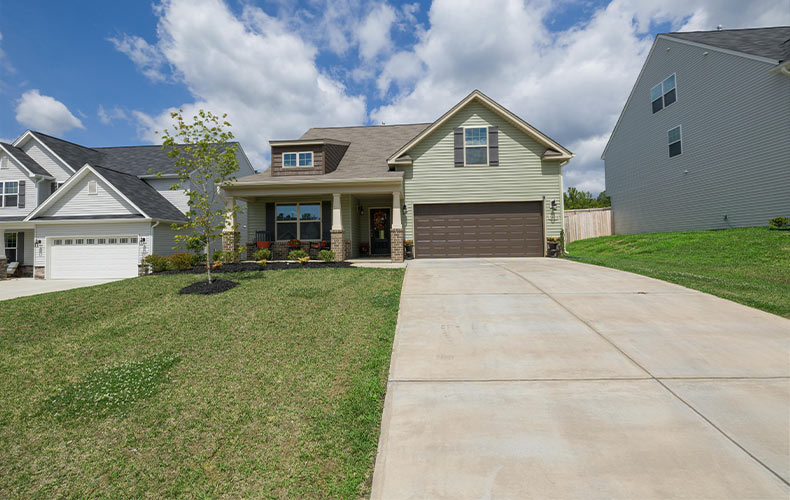We use cookies to make your experience better. To comply with the new e-Privacy directive, we need to ask for your consent to set the cookies. Learn more.
Do I Need to Use a Sub-Base for My Landscaping Project?
When starting a landscaping project, one of the most important but often overlooked parts is the sub-base. At Mainland Aggregates, we often get asked: "Is a Sub-Base really necessary?" In short, yes, it usually is. A well-prepared sub-base is the key to a stable, long-lasting surface, whether you're laying paving, driveways, gravel paths, patios, or even artificial grass.

What is a Sub-Base?
The Sub-Base is a layer of crushed stone or aggregates laid underneath the final surface material. Its main job is to provide load-bearing strength, support, and drainage. Without a proper sub-base, surfaces can shift, sink, or crack over time.
Materials commonly used for sub-bases include:
Type 1 MOT: Crushed granite or limestone, ideal for driveways and heavy-use areas.
Type 3 Sub-Base: A free-draining version of Type 1, suitable for permeable paving systems.
Type 1 Recycled: An eco-friendly, cost-effective alternative using crushed concrete.
You can find all these options at Mainland Aggregates.
Why Is a Sub-Base Important?
- Stability and Strength: A sub-base distributes the weight of traffic (whether foot, cycle, or vehicle) across the ground below. Without it, your finished surface will shift and quickly show signs of wear.
- Drainage: A good sub-base helps water drain away, preventing pooling or frost damage. This is especially important for UK gardens and driveways, where heavy rain is common.
- Longevity: without a strong foundation, even the best materials will deteriorate faster. Investing in a sub-base saves time, money, and frustration in the long run.
Do All Landscaping Projects Need a Sub-base?
While most projects benefit from a sub-base, some small, low-impact jobs might manage without one. Here's a quick guide:
Paving slabs and patios: Always need a compacted sub-base like Type 1 MOT.
Driveways (gravel, block paving, resin bound): Absolutely need a deep sub-base to handle vehicle loads.
Paths and walkways: Lighter paths may use a thinner sub-base, but it’s still recommended.
Artificial grass: Needs a firm, free-draining sub-base to stay flat and drain properly.
Garden borders: Decorative gravel around plants often doesn’t need a full sub-base, but a weed membrane and light preparation help.
If you want your landscaping project to stay solid, safe, and smart-looking for years, don't skip the sub-base. It's the foundation that everything relies on.
